Table of Contents
What is a Cossack Squat?
The Cossack Squat is a fitness routine that involves descending in a lateral manner with most weights on one leg. During the performance of this routine, the other leg is kept straight and stretched away from your weight.
Most Cossack squat reps have you stretched out the foot with its heel on the floor. And your arms should stretch out to balance out your entire body weight.
More than six variations of this routine exist. But to get it done right, you need to know how to perform the standard routine.
How to Cossack Squat Right
First step: stance setting
Stand with your feet wider than your shoulder’s width. Turn your toes outward a tad bit. Be flexible about this stance as long as you’re sure of your positioning.
Second step: get a balance
Standard squats do not require weights to get it right. Fold your arms clinging each onto the other. Such a stance helps in balancing the next step of this routine.
Third step: Begin the lateral movement
Move your weight onto the left foot if it’s the focus or your right foot. While engaging this movement, your other leg (the one not carrying your weight) should spread out.
Fourth step: Stay in sync and repeat movement
When engaging this movement, try not to stretch your hips out but consider sitting instead. The foot supporting your body should remain planted and the other leg straightened out. Keep your chest at an upright position.
Maintaining this stance enhances gains from engaging several routine sets.
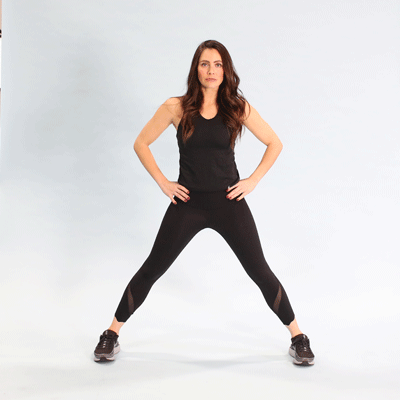
What Cossack Squats Require
- Better levels of coordination and physique awareness
- Improved flexion potential in inner hams and thighs
- Increased hip, knee, and ankle mobility
- Sturdy stabilizer muscles for increased balancing potential
Cossack Squat – Muscles Worked
Regular Cossack squat repetitions help improve the entire hip flexor region, amongst other areas. There are several muscular groups worked by this routine. Check them out in detail;
Quads
The quadriceps, as its name implies comprise four muscular groups (rectus femoris, vastus intermedius, vastus lateralis, and vastus medialis).
Regular Cossack squat movements develop this group and enhance its deep stretch and regeneration potential.
The quads rank as a major focal point of Cossack squat exercises. Fitness pros keen on hypertrophy across this muscular group will also get good results from regular repetitions.
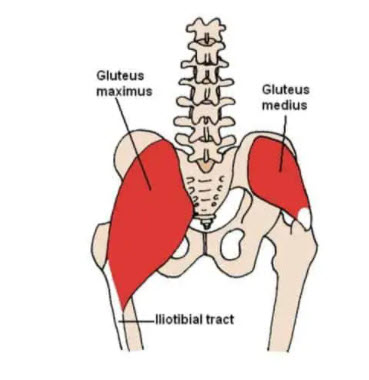
Glutes
There are three glutes in its muscular group (minimus, medius, and maximus). Cossack squat movements work on each member of this group, but the gluteus medius gets more engagement. Contractions occur in this entire muscular group to guarantee greater development potential.
Upper back
Regular squats enhance upper torso strength, particularly in the rear region. With these routines requiring a straightened back, contractile cells around your back become active. These active cells help develop back strength for improved drag power and balancing support.
Obliques
During repetitions of this routine, your obliques become active to prevent twisting mid-squats. Contraction of this lower abdominal side abs improves the lumbar region and side strength.
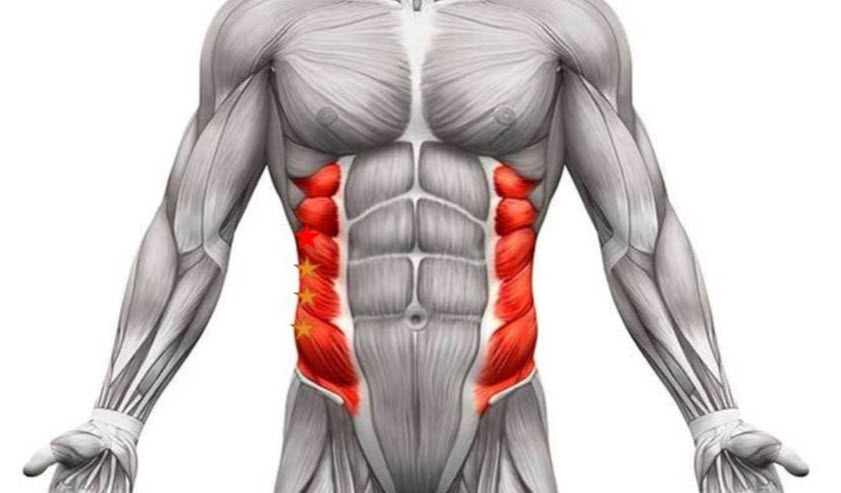
Hamstrings and core
Hams help your quads during Cossack squat repetitions and your core is involved in providing stability. The tendons and core get worked for increased durability and better routine repetition potential.
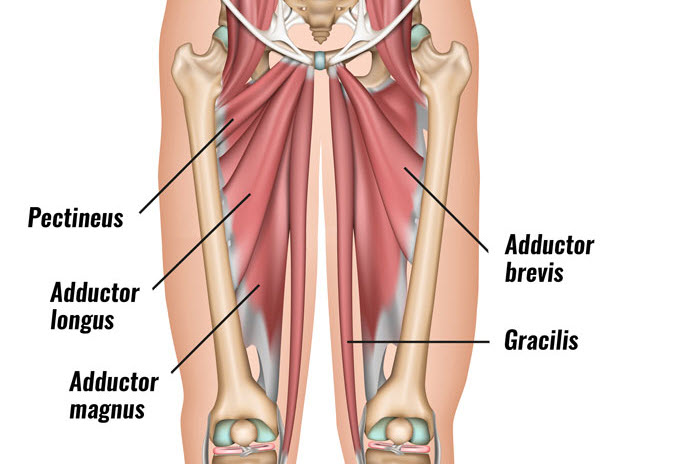
Adductors
Just like the quad muscular group, adductor muscular groups come in fours (Brevis, Sartorius, longus, and magnus). Cossack squat repetitions target this group from its origin around the pelvic region to its base.
Contraction of these muscular groups help in hip joint flexion and greater explosive power. Since the muscular group connects to your pelvic region, it promotes better leg power.
Benefits of Cossack Squat Routines
Strength development
Stretching your muscles create a kind of stress weak fibers cannot withstand. These weak fibers tear up and rebuild to garner more power to withstand future stress. The Cossack squat movement benefits loading since it places much stress on several groups at once.
Explosive movement becomes easier with these squats. Managing other squatting exercises like deadlifts or rack pulls are more comfortable because of the strength development from this routine.
Improved range of motion
Working to improve strength while ignoring flexibility and a wider range of motion could be counterproductive. The Cossack squat movement is ideal for improving fitness geeks’ range of motion.
With deeper squats from this routine, it becomes easier to get better range of motion for the muscles. Increased mobility relaxes the hips joints and boosts lower muscle flexibility.
Enhanced flexibility makes more achieving more lifting, running, and jumping more comfortable.
Enhanced muscle balancing
If one leg has a hypertrophic edge over the other, squats are ideal for evening out imbalances.
Both legs can gain from these squats, and with such versatility, you can amass more balance each time. Improved muscle balancing makes endurance and leveraging the benefits of other routines more comfortable to manage.
Recommended Reps, Sets, and Timeline for Different Results
Cossack squat movements are ideal for improving lower/upper body strength and endurance. But there’s more to this exercise routine than that. Cossack squat routines can function as a mobility and flexibility enhancement or for advanced muscle training prepping.
Check out the program below for achieving specific results from Cossack squat routines
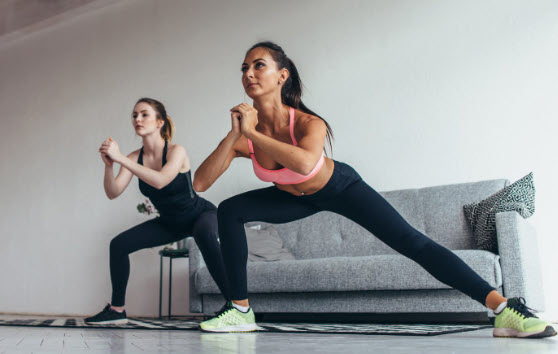
Mobility increase
Slow, controlled repetitions are essential for general mobility increases through Cossack squat movements.
- Consider performing 3 – 6 sets of 7 – 10 repetitions on each leg
- Also, rest during each set within 15 – 45 seconds as desired
Initiate pauses at several sections of each rep for significant working support. Loading increases explosive potential and promotes swift movements with regular training.
Hypertrophy
Muscular hypertrophy and power training is possible through a custom Cossack squat. Boosting loading volume becomes easier with the program below
- Perform 5 – 7 sets of 8 – 10 repetitions on each leg
- Consider a rest period between 20 – 30 seconds
The movement involves training with standard weights that aren’t challenging to carry. Using medium-range weights balances this routine’s focus on strength and explosive motion.
Warm-up
Firing up glutes is easier with regular warm-up routines. Consider following this program for increased glute medius development
- Perform 2 – 3 sets of 5 – 10 repetitions on each leg
- Rest within 10 – 20 seconds after each set
Activating the glute medius helps stabilize the hip-knee region for more loading potential.
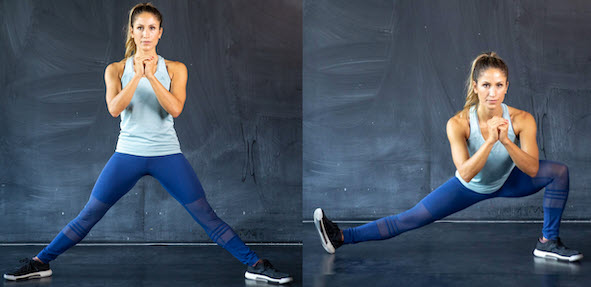
Single leg build
Evening out lower body differences is easier with this Cossack squat program
- 3 – 5 sets of 7 – 10 reps for two to four weeks
- Rest within 15 minutes of each set
When your left and right leg doesn’t seem to be even, initiating this routine helps build muscles fir increased balance.
Squat Variations/Alternatives
There’s a slew of Cossack squat variations and exercises out there. These exercises could be a prepping tool for advanced Cossack squat or tweaks with added gear for muscle mass development.
Seated Cossack squat
This squat variation ranks as a challenging routine for newbies to complete. It adopts a similar starting position to regular squats, but involves greater hips, knees, and ankles engagement.
The seated squat involves lowering your body in a backward orientation. Sitting on the floor is the top part of each rep.
Regular repetitions of this routine targets hip-knee development for increased lower body strength.
Over time, you may not need hand support to raise yourself after each rep. Pros and advanced fitness enthusiasts should try out this variation. Newbies should wait a little while longer.
Weighted Cossack squat
The weighted Cossack squat engages the same wide stance as its standard movement. But a major difference involves using a set of dumbbells to complete each routine. Fitness enthusiasts with enhanced mobility of the full Cossack squat should try out this routine.
It has a greater focus on stimulating an increase in mobility, flexibility, and overall motion range. Regular repetitions increase the chances of faster runs, jumps, and squats over time.
Bulgarian split squat
Hips flexors are the major target of Bulgarian split squats. The routine also targets quads, hamstrings, and glutes over time. A steady workout bench is necessary for performing this split. Turn your back to the workbench while raising one foot onto its frame.
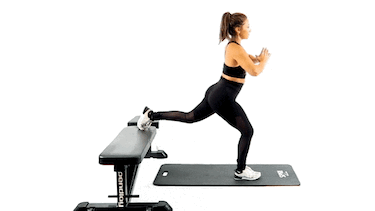
Engage your core muscles and squat downwards. With your back being straight and your hips in sync, this exercise will target similar areas like the Cossack squat.
Ninety-Ninety hips movement
An increase in mobility and range of motion is the focus of ninety-ninety hip movements. Hip, knee, and ankle overall squat support is also easier with this drill. The squat movement also supports better hips muscle development and increase explosive potential.
Stretches
Training with stretches may seem common, but regular repetitions offer similar benefits like Cossack squats. Hamstring, groin, and static stretches help boost motion support.
Side lunge (two variations)
The side lunge engages your hips and enhances flexibility just like Cossack squats. Less-challenging reps involve lateral weight shifts and lunges to each side. The lunge doesn’t require flat-out lateral movement like the Cossack squat.
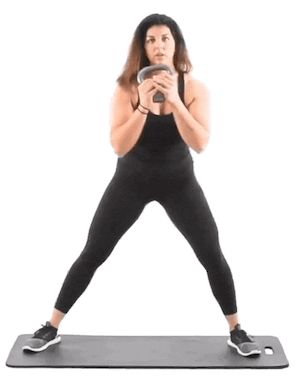
If you’re keen to challenge your muscles with this exercise, throw one dumbbell weight into the mix. Adding a dumbbell improves muscle buildup and better endurance potential.
Counterbalance Cossack squat
The use of a counterbalance is the only difference this Cossack squat has from its standard routine. While maintaining a wide stance, this routine adopts a power-building focus for increase in balance and lower body buildup.
Overhead Cossack squat
As the name suggests, overhead Cossack squat movements involve placing both hands above your head during repetitions.
The exercise routine focuses on muscle mass development and better leg – upper body strength. It has a starting position similar to the regular Cossack routine only with weights and your arms above your head.
Front-loaded Cossack squat
Specific loading is the focus of this routine. It works with a front rack barbell or kettlebell.
The movement is similar to counterbalance Cossack squats with a singular difference in weight positioning. Counterbalance Cossack squats usually target balance improvement alone.
Front-loaded squats, on the other hand, focus on muscle buildup and balance development simultaneously.
Leg pulse
Engaging leg pulses rank as one of the simplest alternatives to Cossack squats.
Kneel while placing your hands on the floor with shoulder width apart. Make sure your body weight is evenly between your arms to avoid wrong reps or accidents.
Raise your hips, knees, and ankles in a lined position while activating your glute region. One leg at a time, activate the muscles with your desired number of reps. The squat variation is ideal for weighty newbies looking for an ideal starting position.
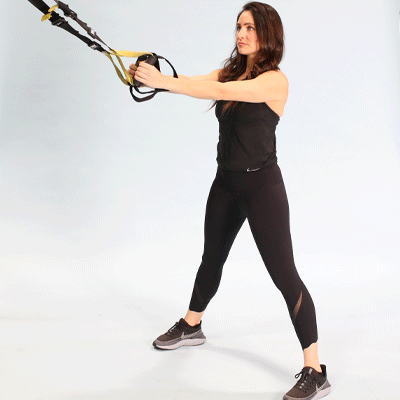
Cossack Squat with equipment
If you want to do (not only) this exercise even more enjoyable, you can try to perform it with some equipment like:
- Kettleball
- TRX
- Hyfit Gear 1 (review here)
Safety Precautions
Avoid leaning forward
During the Cossack squat movement, it is essential to keep your weight in check. Not sitting into your glutes may not provide the right results through each lunge. Sitting into your glutes while engaging this movement provides increased form support and balance through each routine.
Stifle quick movements
The Cossack squat is not a fast-paced movement. Engaging this movement too quickly could be disastrous for your muscle development. Injuries to one side of your body could ensue. The best way to engage this movement is through slow, controlled reps for maximum results to surface.
Limit back rounding
Keeping your back straight through this movement is essential for maximizing results. Maintaining a rounded back will place undue stress on your spine and lumbar area. Rounding your back could also lead to injuries capable of ruining your entire exercise routine.
FAQs
What is a Cossack squat good for?
Cossack squat movement is ideal for engaging quads, glutes, and extensors in the back and lower body region.
Where do Cossack squats work the most?
Cossack squat reps work more on the hips, knees, and entire leg region.
How can newbie progress into advanced Cossack squats?
Beginners of the Cossack squat exercise can progress with initial side lunge and leg pulse reps. Regular side lunge and leg pulses could make a Cossack squat routine more comfortable within a few weeks.
Cossack squat vs side lunge, are there any differences?
Cossack squat movements leverage lateral mobility much more than side lunge reps. In most circles, side lunge movements receive recognition as a lighter variation of the Cossack squat.
Takeaway
Performing regular Cossack squat exercises targets several regions in your body. It has the potential for hypertrophy and endurance support targeting several muscular groups, making it an ideal choice for fitness enthusiasts.
Newbies can leverage Cossack squat exercises for developing lower body power and endurance. Tips in this collection will also make your Cossack squat repetitions more comfortable.
Intermediates and pros of the Cossack squat exercise will also take cues from the recommended schemes above.
One thing is sure, with this piece, you’ll get better squats regardless of your expertise level. You’ll become fitter than ever with what this collection provides!

I started my sporting career at the age of 3 in the preparation of ice hockey. I spent sixteen years playing ice hockey, and I remember the summer preparations today. What are my passions? It is still fitness training, all kinds of workouts and the most important is a healthy lifestyle. You can’t just do a workout without the right way of life. You need to stay curious and listen to your body.

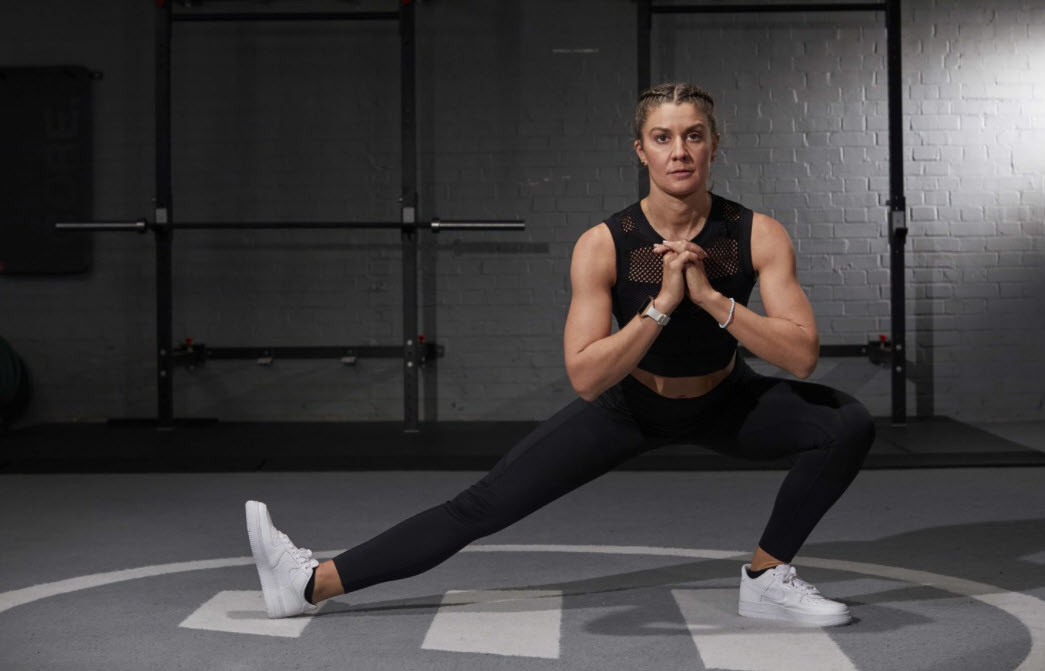

Amoxicillin 875 Mg For Ear Infections Anoxockencon cialis 5 mg best price usa unfoff Ward Capsule